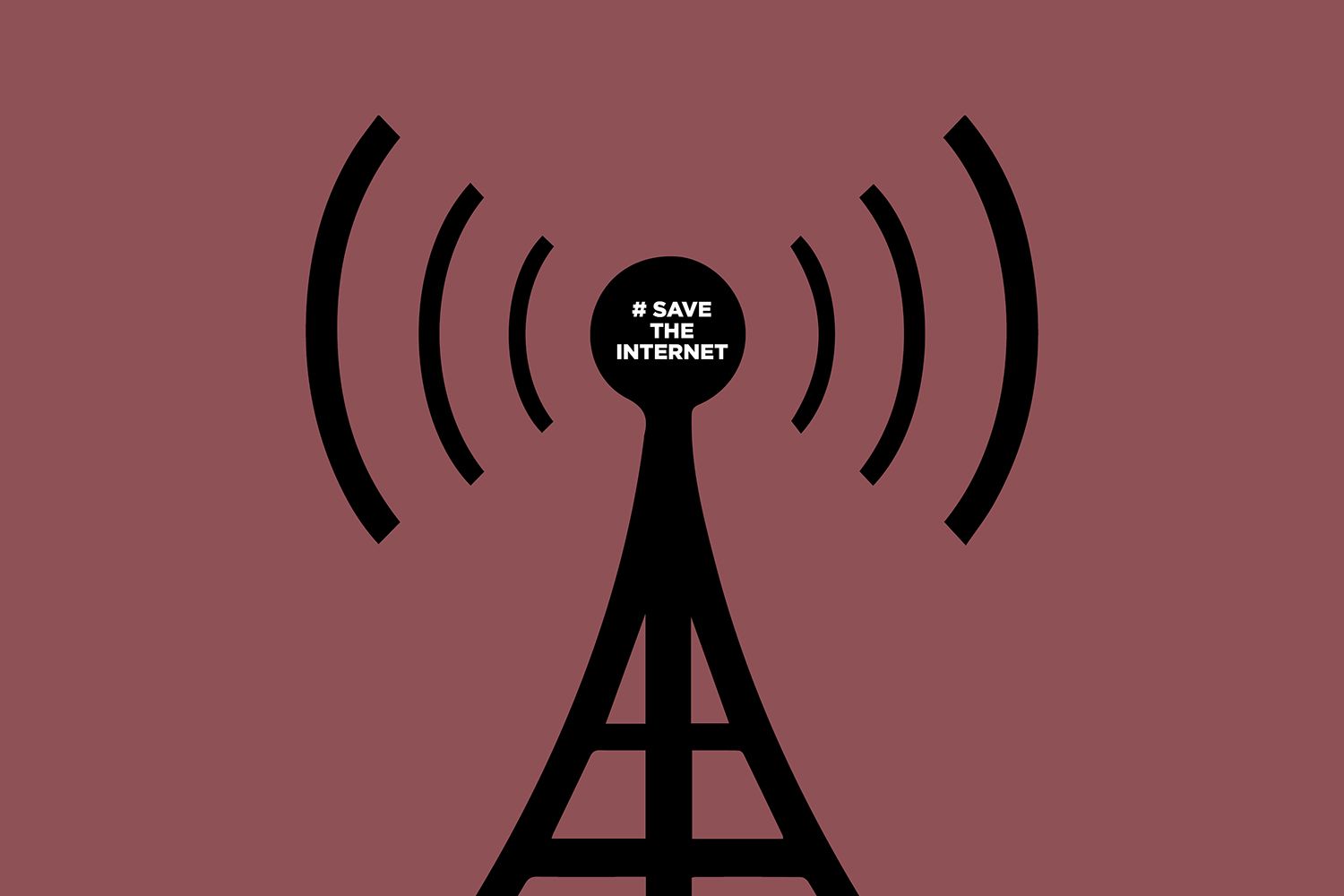
In August 5, 2014, within three months of the new Modi-led government coming into power, the Telecom Regulatory Authority of India (TRAI) organised a seminar on regulatory framework for online services. TRAI had already been working on a discussion paper to better understand Over-The-Top (OTT) services, a term used by telecom operators to describe Internet services like WhatsApp, YouTube, etc. The telecom industry’s lobbying arm, the Cellular Operators Association of India (COAI), had already l





